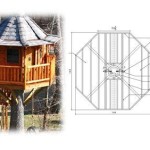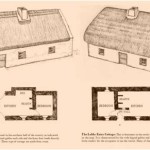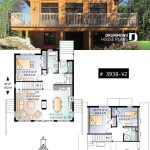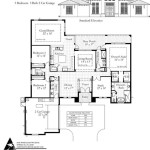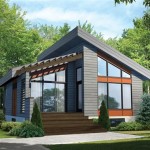Rabbit Housing Plans: Essential Considerations for a Happy and Healthy Bunny
Owning a rabbit is a rewarding experience, but providing your furry friend with a comfortable and safe living space is crucial to its well-being. Designing a well-thought-out rabbit housing plan is essential to ensure its physical and mental health, as well as your own convenience.
1. Space Requirements
Rabbits are active animals that need ample space to move around, explore, and play. The minimum recommended cage size for a single rabbit is 4 feet by 2 feet by 2 feet. For larger rabbits, such as Flemish Giants, a 6-foot by 3-foot cage is more appropriate. If you have multiple rabbits, the space requirements increase significantly.
2. Ventilation and Sanitation
Rabbits produce a lot of waste, so proper ventilation is essential to prevent ammonia buildup, which can cause respiratory problems. A well-ventilated cage should have mesh panels on all sides to allow for air circulation. Additionally, regular cleaning is crucial to maintain hygiene and prevent disease. Deep cleaning and disinfecting the cage should be done weekly.
3. Bedding and Substrate
The type of bedding you choose affects your rabbit's comfort and health. Avoid using sawdust or wood shavings, as they can irritate the respiratory system and cause blockages if ingested. Instead, opt for soft, absorbent materials such as paper-based litter, hay, or fleece blankets. Providing plenty of hay is also beneficial, as it allows rabbits to satisfy their natural foraging instinct and promotes digestive health.
4. Exercise and Enrichment
Rabbits require daily exercise to stay active and prevent boredom. Providing a variety of toys, such as chew toys, tunnels, and obstacles, encourages exploration and stimulation. You should also allow your rabbit supervised playtime outside of its cage for at least two hours per day.
5. Safety Considerations
Rabbit housing plans should prioritize safety and prevent escape or injury. Ensure that the cage has no sharp edges or loose wires. Provide ramps or steps to prevent falls, and secure heavy objects that could accidentally tip over.
6. Temperature and Humidity
Rabbits prefer cool, dry environments. The ideal temperature range for rabbits is between 55 and 70 degrees Fahrenheit. Avoid exposing them to extreme heat or cold, as this can stress or even harm them. Additionally, keep the humidity below 60% to prevent respiratory problems.
7. Location and Companionability
The location of your rabbit's cage is also important. Avoid placing it in areas with drafts, direct sunlight, or excessive noise. Rabbits are social animals and may prefer to be in a central location where they can interact with you and other household members.
Conclusion
Creating a well-designed rabbit housing plan is essential for the well-being of your furry companion. By following these essential considerations, you can ensure that your rabbit has a comfortable, safe, and stimulating living environment where it can thrive.
:strip_icc()/free-rabbit-hutch-plan-buildeazy-5bbcce7946e0fb002660495c.png?strip=all)
8 Free Diy Rabbit Hutch Plans

Rabbit Hutch Plans Step By Construct101

50 Free Diy Rabbit Hutch Plans Ideas To Get You Started Keeping Rabbits Cages
:strip_icc()/rogue-rabbit-58d3f9175f9b5846835188b6.jpg?strip=all)
8 Free Diy Rabbit Hutch Plans

Diy Rabbit Hutch Space Plans Hutches
:strip_icc()/FQKYR16IA3VZ63H.LARGE-58d3fbdc5f9b58468357b1c4.jpg?strip=all)
8 Free Diy Rabbit Hutch Plans

Cold Weather Rabbit Hutch Plans My Casual Homestead

Build A Rabbit Hutch And Tractor Self Reliance

Rabbit Hutch Cage Size Guide Minimum Requirements

Rabbit Hutch Plans Construct101


